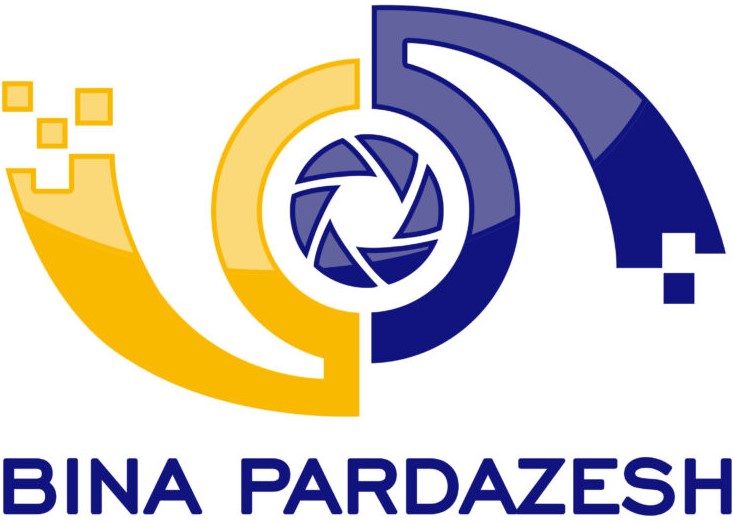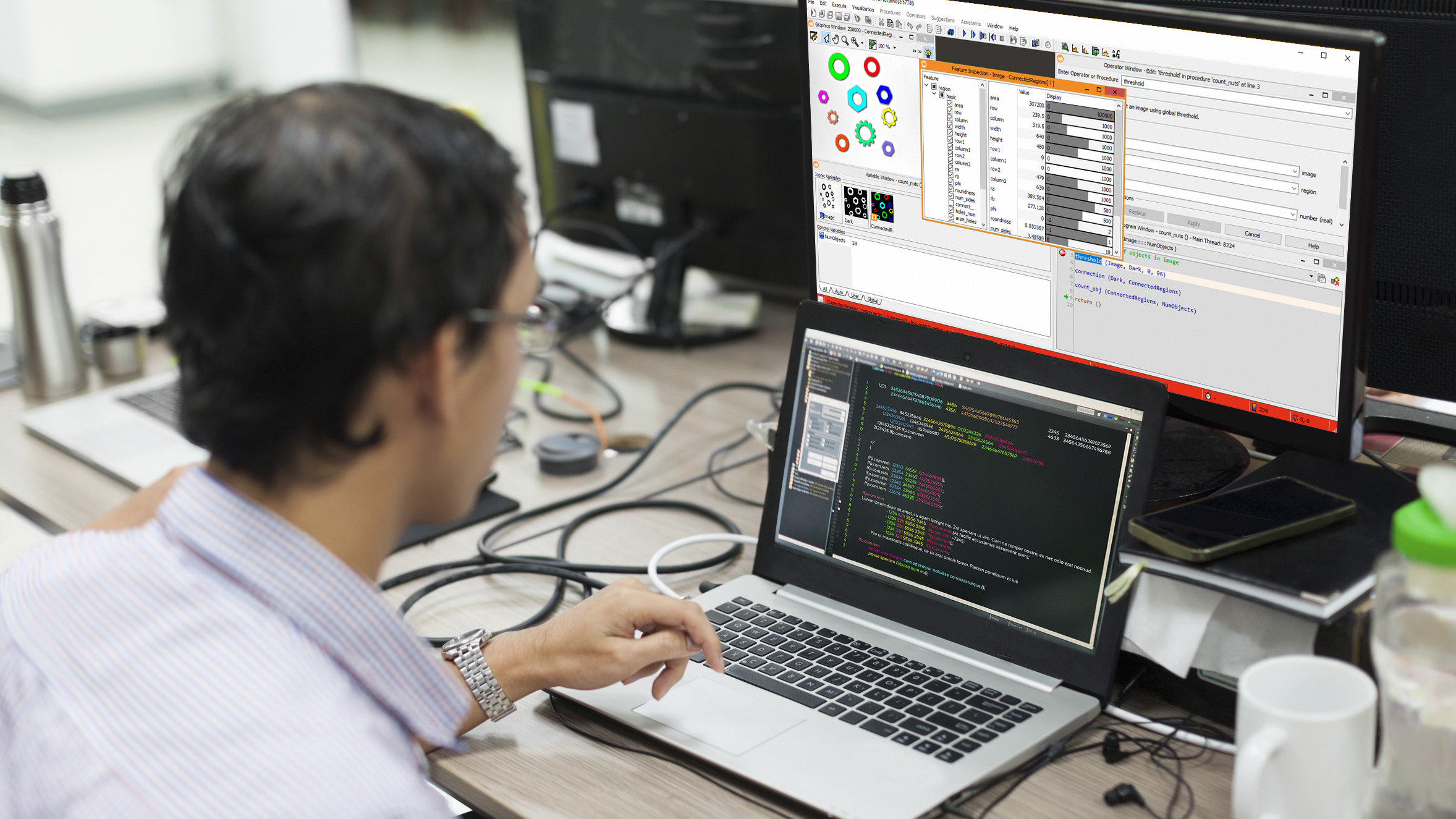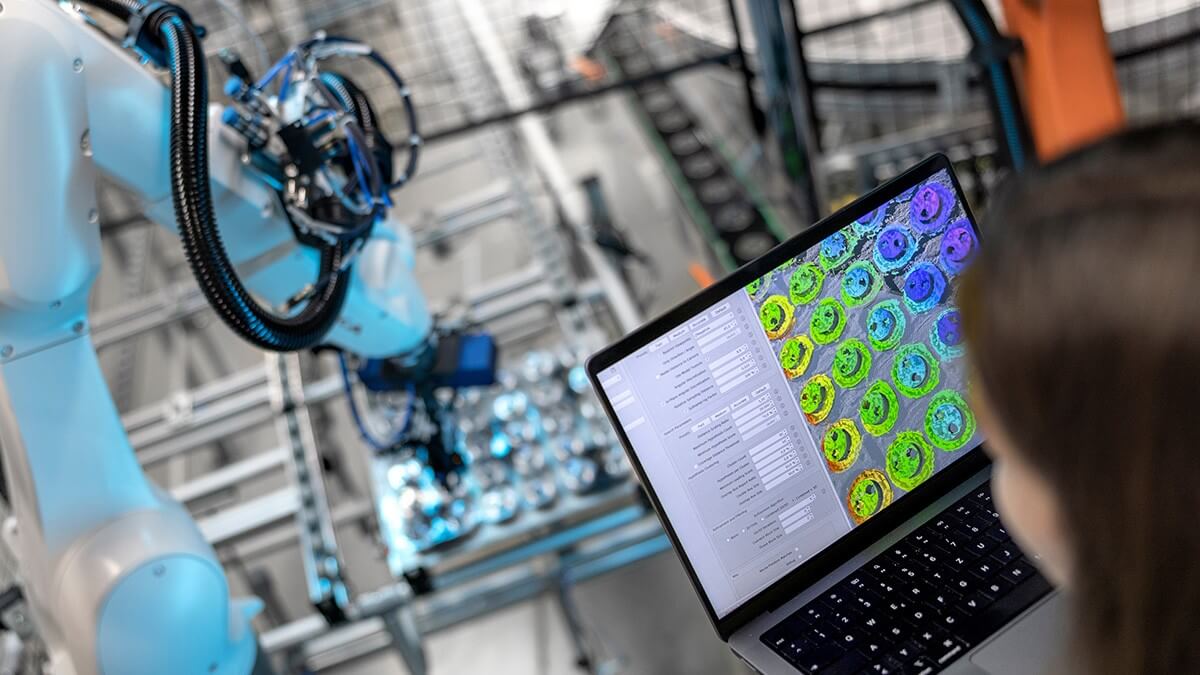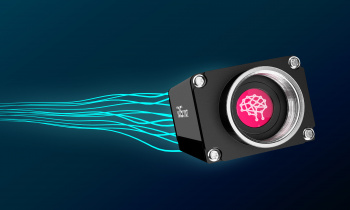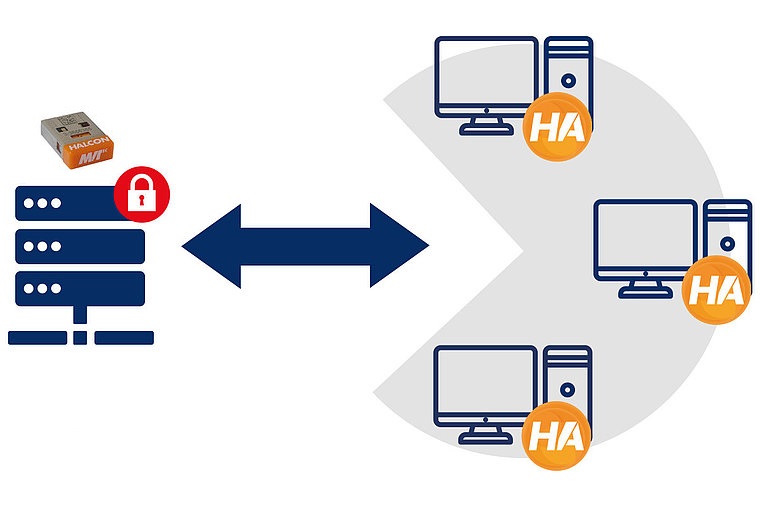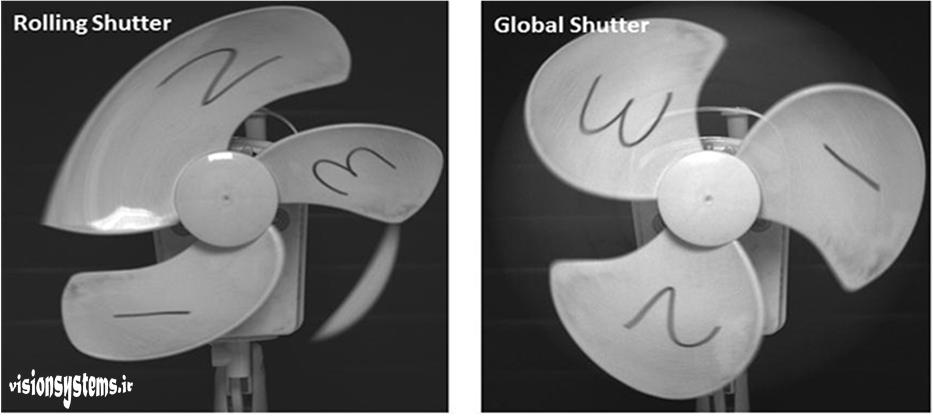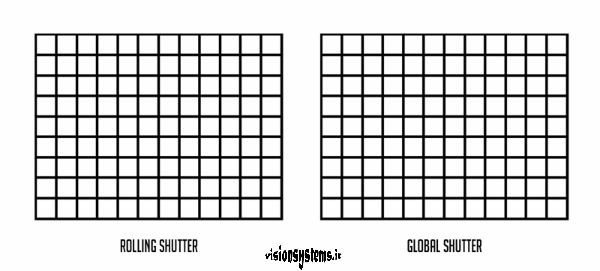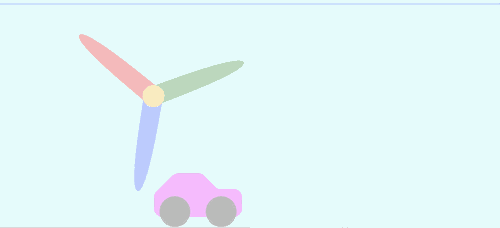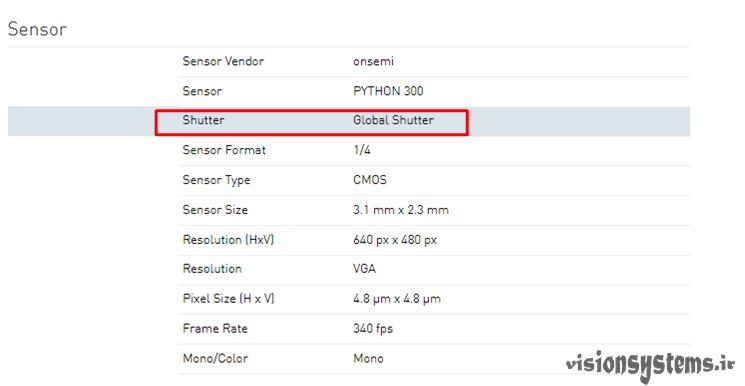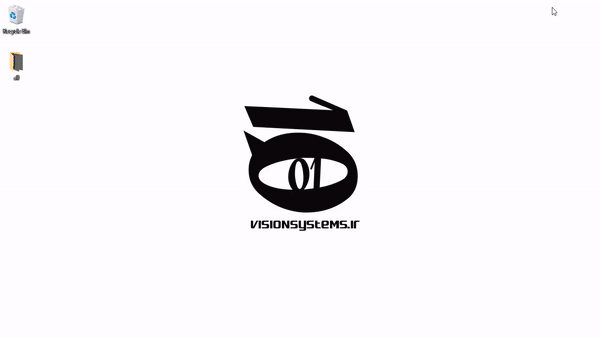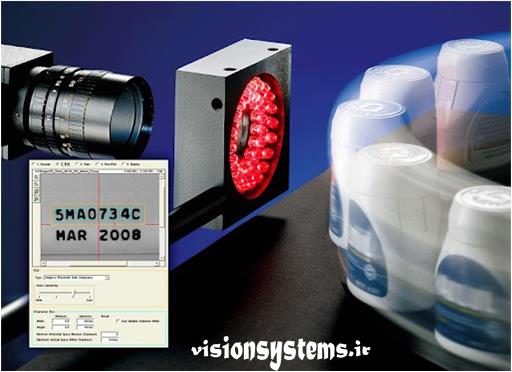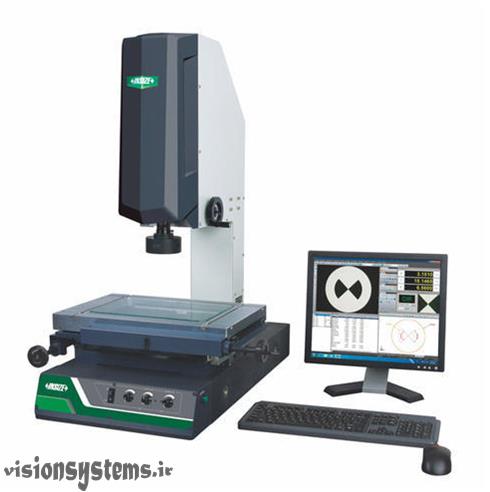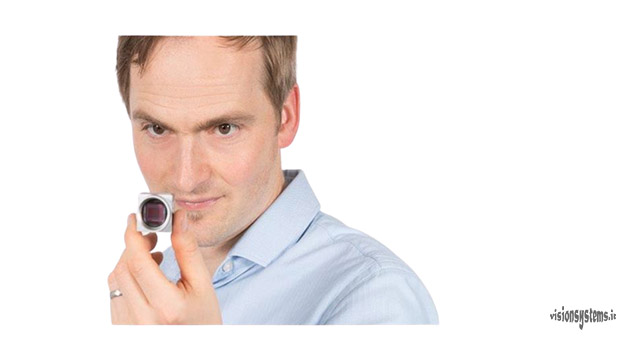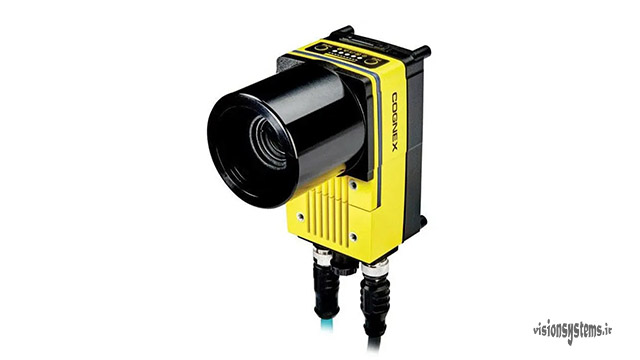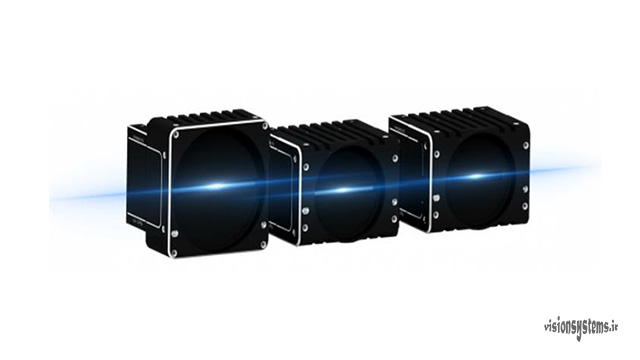Choosing a camera for a machine vision system requires examining various factors such as product dimensions, required resolution, color or black and white, shutter type, etc. The shutter type, depending on the needs, can be either Global or Rolling. Images captured by these two types of cameras, especially when there are moving objects in the scene, can differ from each other. For example, observe the image captured of a moving fan. The image on the left is taken with a Rolling Shutter, and the one on the right is taken with a Global Shutter.
Differences between Global Shutter and Rolling Shutter Cameras
The image sensor in a camera is a part that converts light into an electrical signal. Ultimately, this electrical signal transforms into an image. The shutter is a curtain in front of the light sensors, and when taking a photo, this curtain opens, allowing light to hit the sensor to capture an image.
Rolling Shutter is a technology where image capture occurs line by line. In simple terms, in cameras with Rolling Shutter, the image is not captured all at once; instead, lines are captured one after another by the camera, and these lines eventually form an image. In contrast, Global Shutter sensors capture the entire image at once. To understand the difference between these two technologies, refer to the image below.
Image capture in cameras with Rolling Shutter takes some time. This leads to the Rolling Shutter Effect, which is explained further.
Rolling Shutter Effect
As mentioned, sensors with Rolling Shutter capture the image line by line. To understand this concept, refer to the image below, which shows how images are captured line by line in sensors with Rolling Shutter technology. As seen, capturing images line by line from moving objects results in the destruction of the image. This destruction is known as the Rolling Shutter Effect.
Examining Shutter Type in the Selection of Industrial Cameras
Manufacturers of machine vision cameras and image processing provide information about the camera’s shutter type in their product specifications. One of the major industrial camera manufacturers globally is Basler. To determine whether a camera produced by Basler has a Global Shutter or Rolling Shutter, simply go to the camera’s specifications page on the Basler website. The image below demonstrates how to access the camera specifications page on the Basler site.
The selected camera in the above image has a Global Shutter. This is more clearly visible in the image below.
Comparison of Global Shutter and Rolling Shutter Cameras in Machine Vision
Both technologies have their own advantages and disadvantages, and each has its specific applications. Nowadays, manufacturers of machine vision cameras produce a wide range of cameras with both Rolling Shutter and Global Shutter. These two types of cameras can be compared in terms of price, quality, and application, which we will explore below.
Price Difference between Rolling Shutter and Global Shutter Cameras
Global Shutter cameras tend to be more expensive. For example, the comparison in the image below shows two similar models of Basler cameras, both with a resolution of 2 megapixels. The first model with Rolling Shutter is priced at 149 euros, while the second model with Global Shutter is priced at 269 euros.
Comparison Based on Application
In machine vision, there is often a need to capture images of moving objects. Cameras with Global Shutter are generally preferred for such applications. For example, one application is reading letters and numbers on moving products, as shown in the image below.
Rolling Shutter cameras are suitable for capturing images of non-moving or slow-moving objects, especially when high image quality is required. An example of such a camera application is in measurement systems, as shown in the image below.
Comparison Based on Speed and Image Quality
1- Global Shutter Cameras
- Global Shutter cameras capture images in a freeze-frame manner, allowing for a higher frame rate.
- The one-time image capture in Global Shutter sensors may result in more image noise.
- They generally have lower resolutions compared to Rolling Shutter cameras, and achieving high resolutions in Global Shutter cameras can be expensive.
2- Rolling Shutter Cameras
- Rolling Shutter cameras provide good image quality and are suitable for capturing high-resolution images.
- They have a lower frame rate, making them less suitable for capturing images of fast-moving objects.
Conclusion
This article discussed the differences between Global Shutter and Rolling Shutter cameras from various perspectives. In general, when dealing with moving objects, Global Shutter cameras are preferred. In other cases, the use of Rolling Shutter cameras is more cost-effective and provides better image quality.
As an example, at Vision System team, we have used Global Shutter cameras for various applications, such as identifying defects on moving products on a conveyor belt or barcode recognition at high speeds. Additionally, for quality control of stationary objects, like checking the quality of machine fuse boxes and measuring the dimensions of objects, Rolling Shutter cameras have been employed. You can leverage our consulting services in this field.
Related Articles
